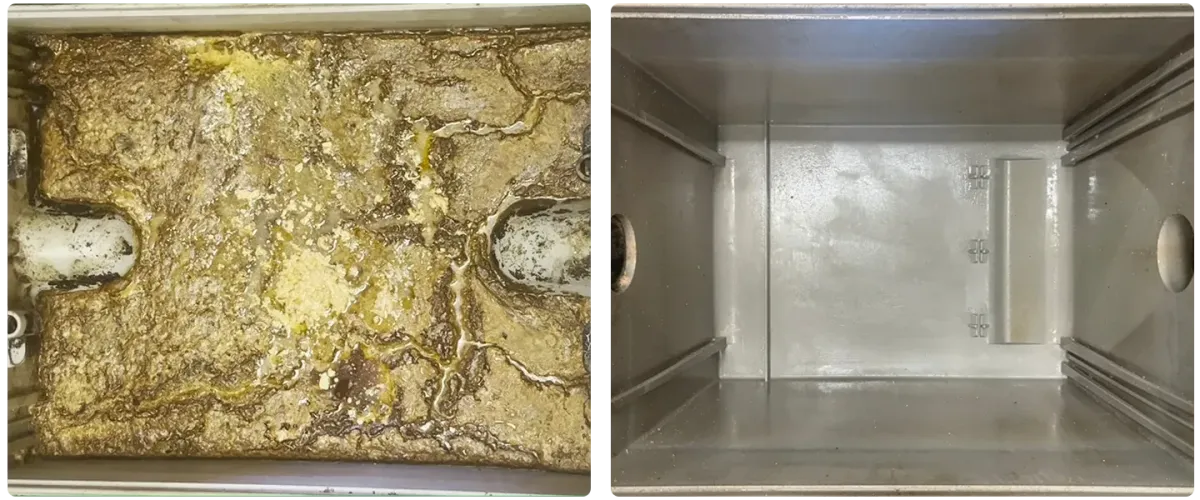Canada’s Most Sustainable Grease Trap Cleaning & Used Oil Collection

Over 32 verified reviews on Google
Why Choose Rethink

North America’s Only Net-Zero Grease Trap Cleaning & Used Oil Collection Provider
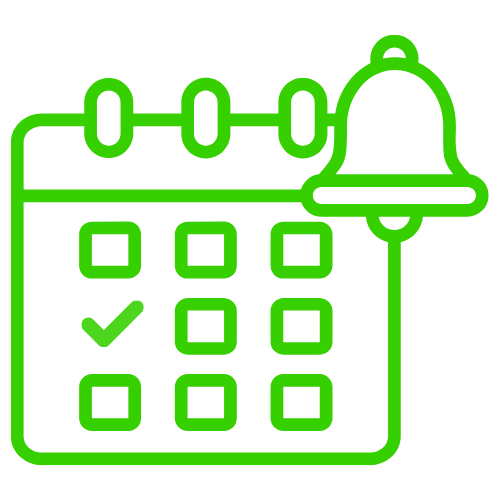
Pre-Scheduled Maintenance
Plans & Service Reminders
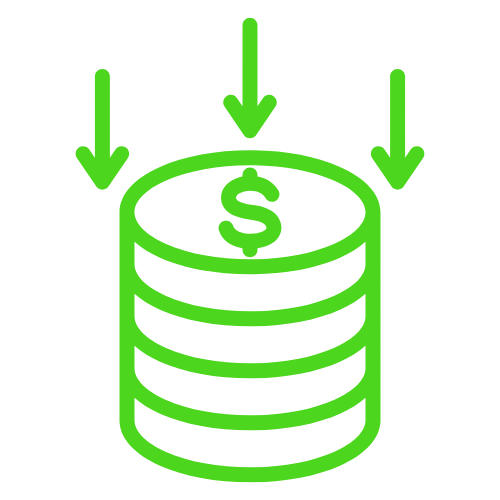
Cost Savings & Reduced
Risk of Blockages
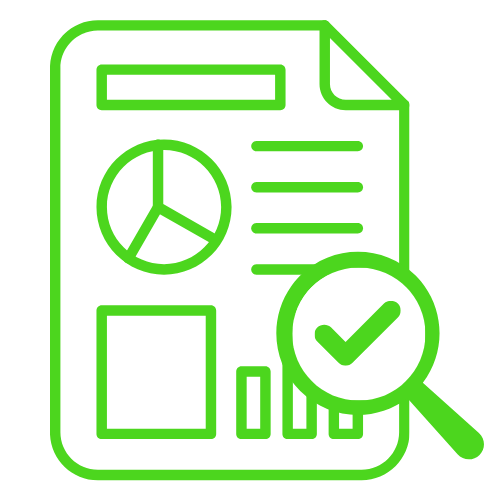
Detailed Service and
Compliance Reporting
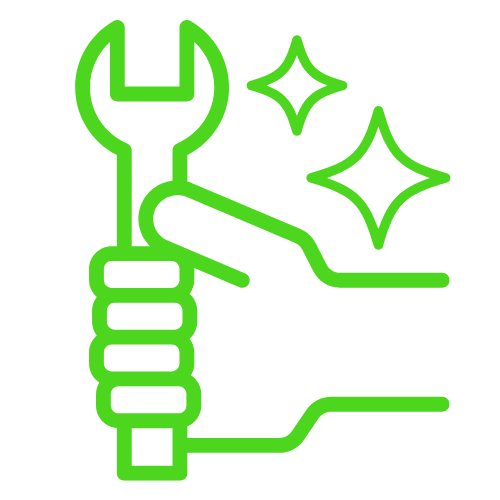
Industry-Leading Tools

Dependable, Thorough,
and Quick Service

Odor Control
Solutions

Customized Support
& Service Plans
Before & After Servicing
What People Have Said
Get in touch today to schedule your free assessment using our industry-leading Sludge Judge tool.

All-in-one grease trap cleaning & used oil collection

Sustainable, net-zero servicing and diversion

Customized service plans and maintenance reminders

Reliable service with quick turnaround times

Detailed Compliance Reporting and before & after photos

Accurate measurement of FOGs/solids using the Sludge Judge

Service across Canada

1,060,445
kg grease &
oil collected

86,976
kg CO2e
emissions avoided

1,114
kWh renewable
energy generated

30,419
litres of biodiesel
produced
3 reasons why regular servicing is important
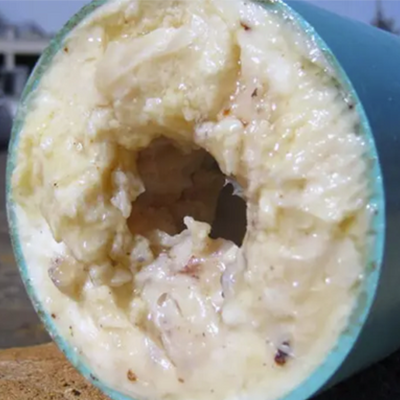
Prevent costly pipe blockages and plumbing charges.
Improperly or infrequently serviced grease traps can create costly plumbing problems, including clogs, leaks, unwanted odors, sink back-ups, slow drainage, issues with water pressure and toilet filling, and even break pumps.
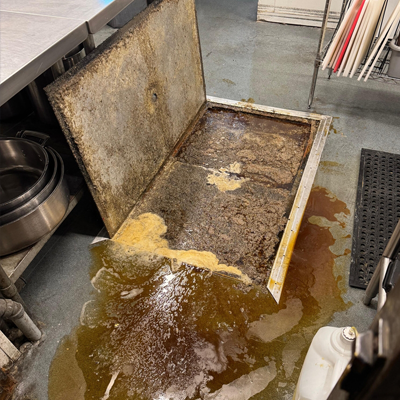
Avoid nasty backups and protect your Saturday night profits.
"Our grease trap overflowed on the busiest day of the week!” are words every business operator hopes never to utter. Regular grease trap servicing prevents unexpected backups, keeping your business running smoothly.
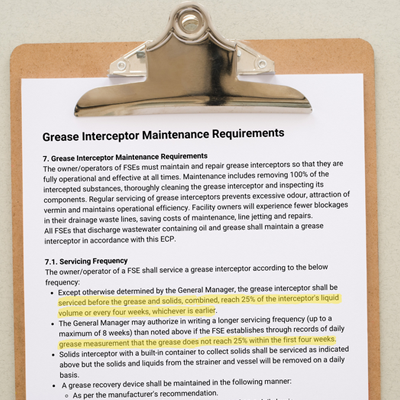
Stay compliant with servicing standards and regulations.
Did you know that most municipalities have regulations outlining the frequency of grease trap servicing? Remaining compliant with these regulations avoids facing costly fines. Click here for more info on your municipal regulations.
How it works
Service all across Canada
We provide grease trap cleaning and used oil collection services across Canada.
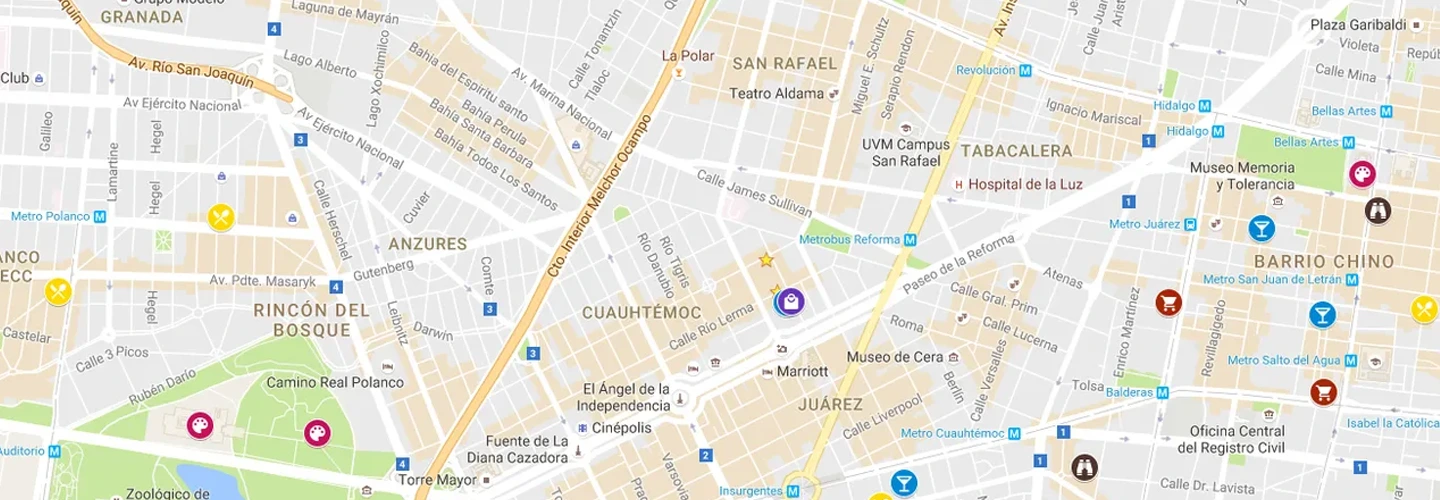
Frequently Asked Questions
1. What is a grease trap and why does it need to be serviced?
A grease trap (also called a “grease interceptor”) is a plumbing device that captures and separates fats, oils, greases and solids (FOGS) from wastewater, preventing them from entering the sewer system. All restaurants, cafeterias, and foodservice businesses in Ontario and other parts of Canada are required by law to have a properly installed and regularly serviced grease trap.
Besides preventing costly plumbing problems, regular grease trap cleaning and maintenance ensures your business never has to unexpectedly shut down to deal with nasty backups and emergency overflows. Additionally, most Canadian municipalities have regulations stipulating minimum service frequency requirements which, if not followed, put your business at risk of heavy fines. Rethink Resource makes it our business to stay up-to-date on all grease trap servicing by-laws and regulations to ensure your business always remains compliant.
2. How often do I need to service my grease trap and how do I know if it needs servicing?
Grease trap servicing regulations and by-laws can vary across municipalities; however, the Canadian Standards Association requires grease interceptors to be serviced/cleaned every 4 weeks, or if the total FOGS (fats, oils, greases, solids) exceeds 25% of the total liquid capacity of the inceptor. Common signs that your grease trap may be due for a cleaning include: slow drainage, foul odours, water pooling around the grease trap, or unusual noises.
3. How long does a grease trap cleaning service take?
A grease trap cleaning service can take anywhere from 10 minutes to an hour, depending on the location and size of the grease trap(s). At Rethink Resource, we service clients with grease traps of all sizes situated in all kinds of locations. For example, clients with outdoor grease traps that are easily accessed from the back door can be serviced in about 10-15 minutes. Grease traps that are trickier to access (like those on the 68th floor of a downtown skyscraper, for example) can take up to an hour to service. And in some cases, locations with multiple grease traps - like long-term care facilities, schools, or hospitals - require the use of portable grease vac equipment, and typically need up to an hour of service time.
4. Where do you provide service?
Rethink Resource provides grease trap cleaning and used oil collection services across Canada. You can fill out this form to request a free assessment and/or service quote at your business location anywhere across the country.
5. What do you do with the grease trap and used cooking oil waste that is collected?
Grease is transported to a licensed biogas plant, where an anaerobic digester converts it into renewable biogas energy that can be used to fuel vehicles, heat buildings, and generate electricity. The anaerobic digestion process also creates a nutrient-rich by-product that can be used as a fertilizer to grow food locally. Used cooking oil is sent to a facility that processes it into biodiesel - a renewable fuel source that can be used to fuel vehicles and heating devices.
6. Do you repair grease traps?
At Rethink Resource, we believe in trusting experts to do the job right the first time - no cutting corners or quick fixes. As waste diversion experts, you can trust us to find diversion solutions for pretty much any waste stream you can think of; however, when it comes to more technical issues, such as when your grease trap breaks down, we let the plumbing experts step in. While we specialize in grease trap cleaning, used oil collection, and waste diversion, we partner with a network of licensed local plumbers for any technical repairs or replacements that your grease trap might need.
7. Do you charge for grease trap assessments, and can you provide a service quote over the phone?
No, grease trap assessments and service quotes are completely free of charge.
To provide an accurate service quote we send a Rethink Resource technician to your location for a free assessment to determine your trap’s access points, size, and condition. During this assessment our technicians will also use our Sludge Judge - a tool that accurately measures the amount of FOGS (fats, oils, greases, solids) - to determine your business’ unique service frequency needs in alignment with local grease trap servicing regulations.
8. Do you provide grease trap cleaning and/or used oil collection service reports?
Yes, we will send you a detailed Grease Interceptor Service Report after every grease trap and/or used oil collection service. These reports include: before-and-after service images; FOGS (fats, oils, greases, solids) measurements; total quantity of grease interceptor waste and/or used cooking oil collected; total renewable energy produced by the grease and/or oil waste; and total CO2e emissions that are avoided by the collection and biodigestion of the grease and/or oil waste. This information can be used to prove your business’ compliance with local grease trap servicing regulations, as well as demonstrate your business’ sustainability commitments.
9. Do I need to sign up for scheduled maintenance or can I get service on an as-needed basis?
Subscribing to a pre-scheduled grease trap maintenance plan is the best way to guarantee that your business avoids unexpected plumbing issues, and always remains compliant with local by-laws and regulations. In our experience, most business owners and operators prefer the “set it and forget it” approach; your business is subscribed to a pre-scheduled maintenance plan & service reminders, so you can focus on growing your business instead of your grease trap servicing needs. That said, you can always opt to call us on an as-needed basis, if preferred.
10. If my grease trap unexpectedly overflows, can you provide emergency service?
Absolutely we can provide emergency service! If you’re experiencing a grease trap overflow, foul odours, or sudden backup, you can get in touch with us directly via our emergency service helpline.

